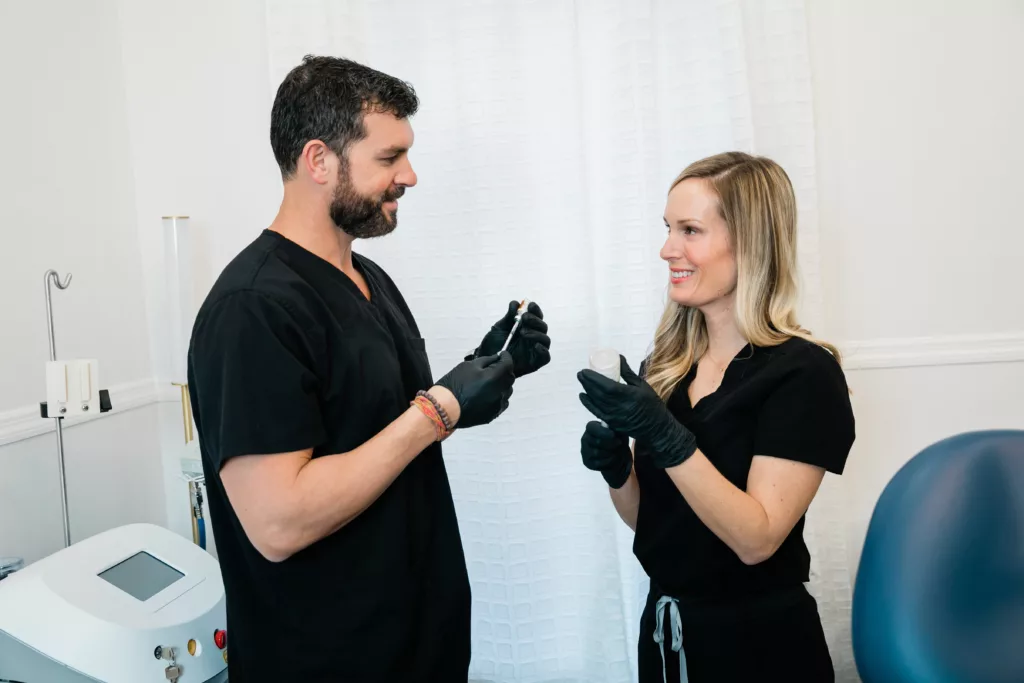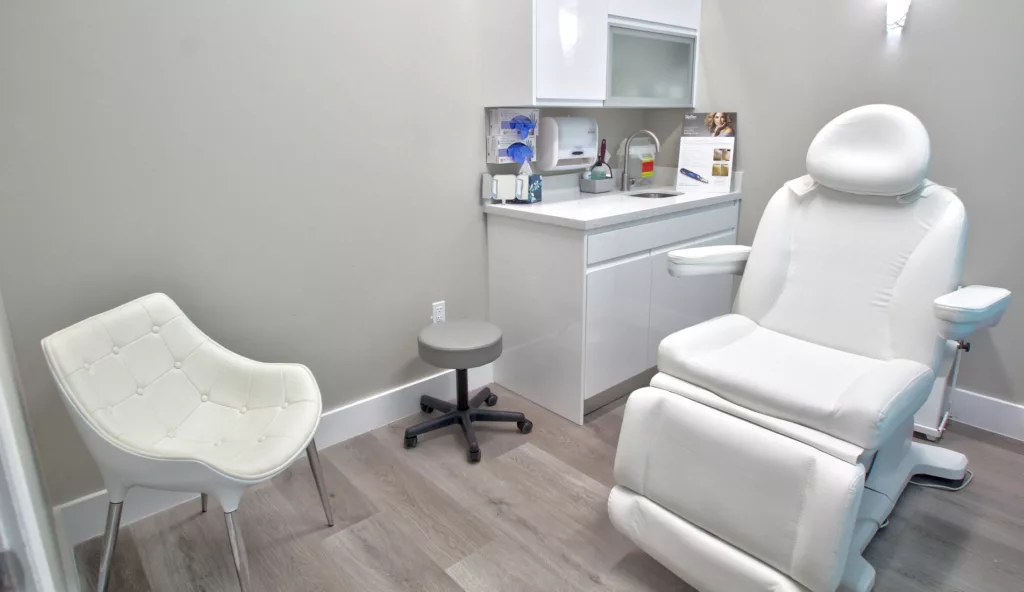In a recent conversation between Lauren Wheeler, Senior M&A Advisor at Practice Transitions Group, and Michael Antosy, Practice Growth Consultant at MyAdvice, they explored how marketing directly influences medspa valuations. Here are their key insights for practice owners.
Understanding What Buyers Value
"Private equity loves metrics and data," explains Lauren. "It's much more powerful to show a potential buyer concrete numbers than to just say you create a great customer experience." She notes that buyers closely examine your online presence, marketing ROI, and overall financial performance.
The Power of Reviews
Michael emphasizes that Google reviews represent one of the most cost-effective marketing strategies. "It's not just about having a high rating or good volume," he says. "The consistency of new reviews helps with Google visibility." He recommends aiming for new reviews from 5-10% of weekly patients.
A Success Story
Lauren shares a recent example: "We have a practice on the market right now that's received multiple offers. The owner has over 700 Google reviews with a 4.9-star average. She's created an exceptional customer experience and transformed that into measurable data."
Marketing as a Long-Term Investment
"Medspa marketing is like a stock portfolio," Michael notes. "You're building infrastructure through diverse strategies. It takes time to produce quality leads, results, and revenue."
Timing Your Partnership
According to Lauren, practice owners should consider partnership opportunities when:
- You have 3-5 years to commit post-sale
- Revenue consistently exceeds $2.5MM
- Marketing systems are well-documented
- Provider revenue isn't solely dependent on the owner
- You're ready to focus more on growth than administration
"These partnerships aren't just about selling and walking away," Lauren emphasizes. "Private equity groups need owners to continue treating patients while helping grow the practice."
Moving Forward
MyAdvice and Practice Transitions Group recommends focusing on building sustainable marketing systems that create measurable value. Whether you're considering a sale now or in the future, documented marketing success significantly impacts your practice's value.
Want to learn more? Watch Lauren and Michael's full conversation about medspa marketing and practice value, or contact our team for a confidential discussion.



